Her babies cannot eat a big long earth worm, so she made a plan.
This happened in the last bit of sunshine that we now have seen for the past 2 days. Now the skies are dark and everyone is glad about the rain that's coming down. A bit of bad news is that a Level 4 warning was sent out by the weatherman, alerting the rescue services, as big storms and hail are expected inland in the Overberg and Cape Winelands. Thankfully the grape and apple harvests are complete, but hail is never good news.
But I digress, and come to see what I have to share with you today.
This was how it started, and you can see the long juicy worm that she found.
She nipped a piece of the worm off and looked to see if I was impressed. Sort of; Look ma, no hands :)
And now you can watch her progress below, as she broke the worm into 3 or 4 parts.
A bit of interesting history about the discovery of the Cape Olive Thrush.
In 1760 the French zoologist Mathurin Jacques Brisson included a description of the olive thrush in his Ornithologie based on a specimen collected from the Cape of Good Hope in South Africa. He used the French name Le merle olive du Cap de Bonne Espérance and the Latin Merula Olivacea Capitis Bonae Spei. Although Brisson coined Latin names, these do not conform to the binomial system and are not recognised by the International Commission on Zoological Nomenclature. When in 1766 the Swedish naturalist Carl Linnaeus updated his Systema Naturae for the twelfth edition, he added 240 species that had been previously described by Brisson. One of these was the olive thrush. Linnaeus included a brief description, coined the binomial name Turdus olivaceus and cited Brisson's work.
Wow! Her kids are going to be dancing when she arrives with the lunch.
Nature holds so many little treasures to keep one spell bound.
One must never think that what appears to be ordinary, cannot hold the extra-ordinary. So, for example, if we see a little bird or creature, or plant or cloud, and we think...oh no, same old, same old. If we do this, we will miss the specialness and uniqueness of each and every living creature. As humans, we have the habit of regarding often sighted birds or animals as just ho-hum. But not to be, as there are always a few surprises when one starts to take a closer look at their habits and other tricks.
So, the next time that you see something "ordinary", spend a bit of time to study it, as you might just get a big surprise.
I hope you have enjoyed the story and the pictures.
Photos by Zac Smith-All Rights Reserved.
Camera: Canon PowershotSX70HS Bridge camera.
Thank you kindly for supporting this post.
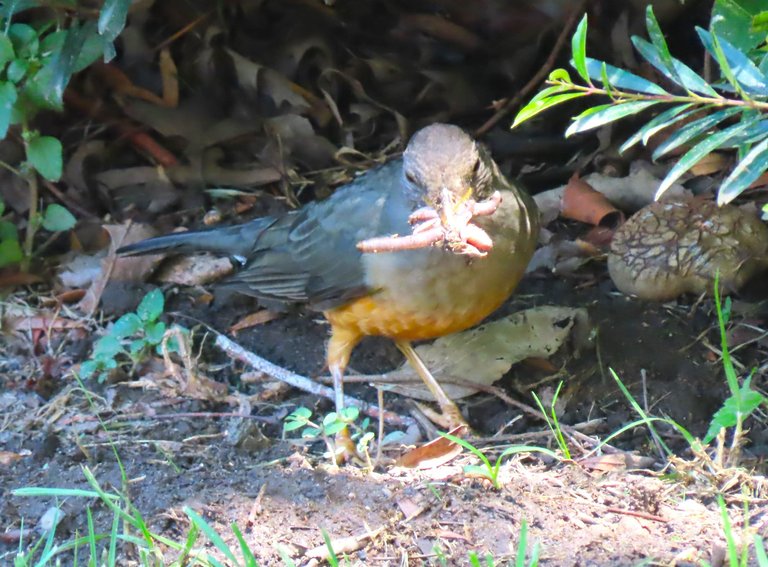
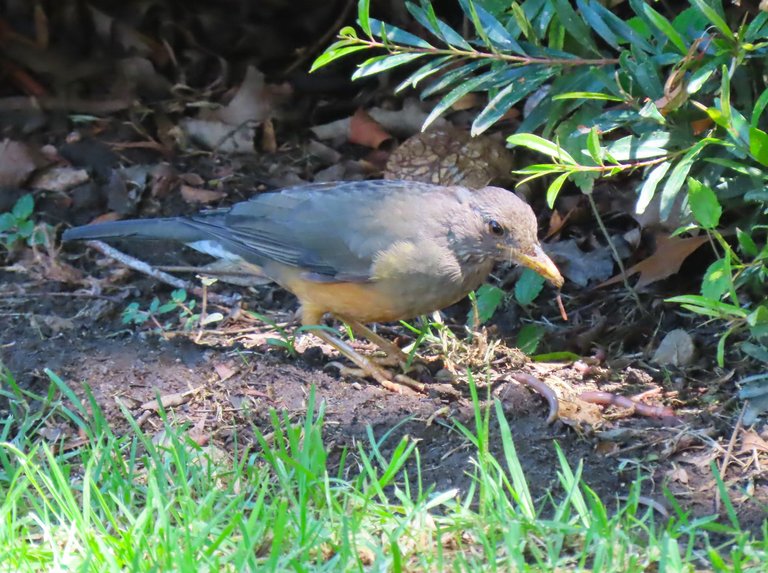
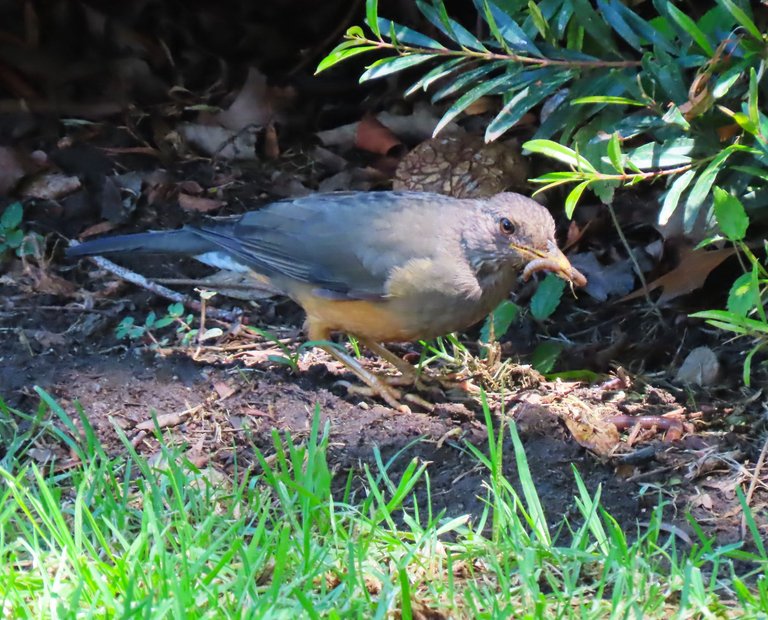
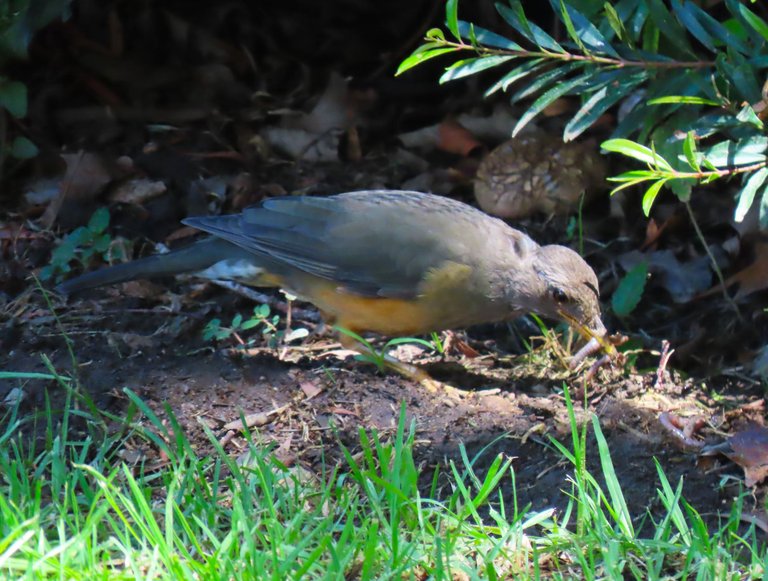
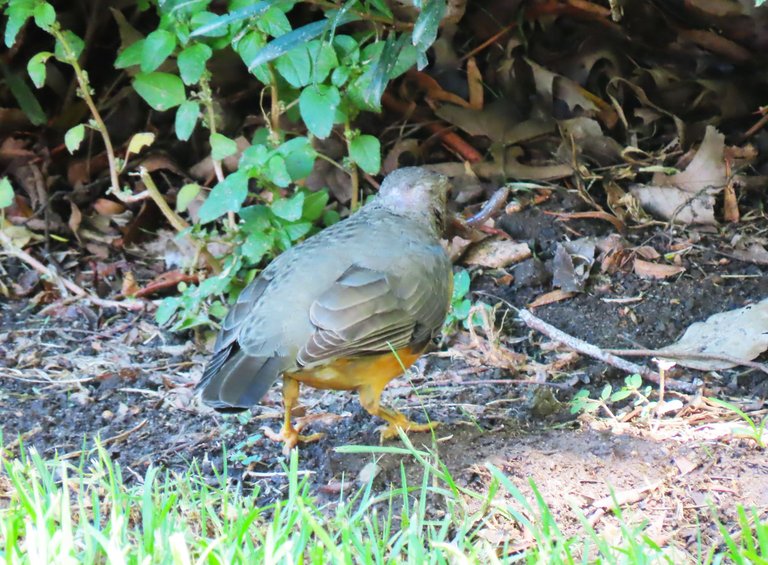
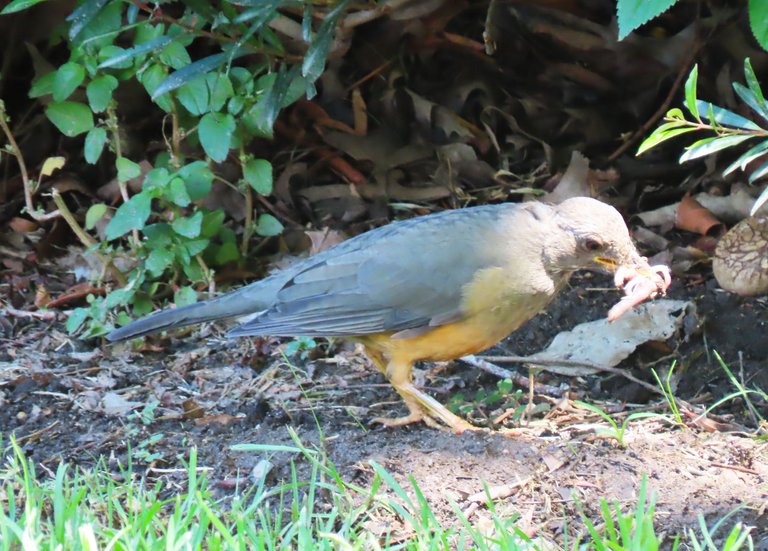
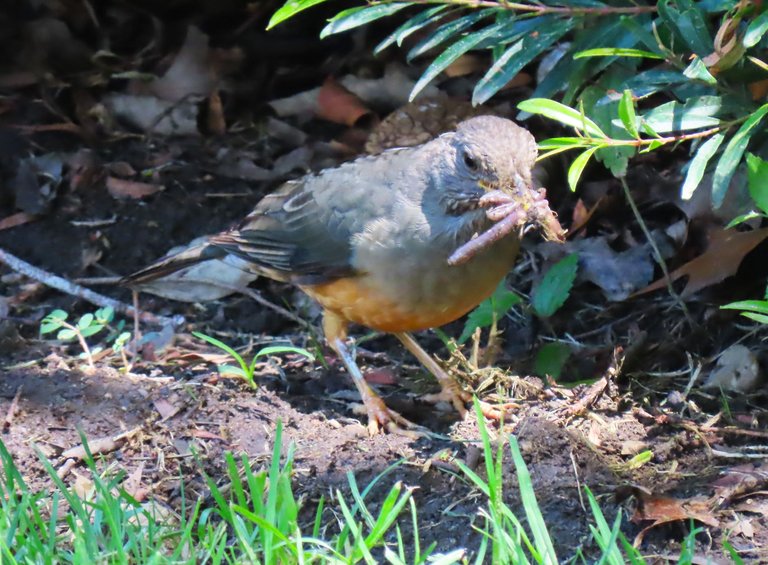
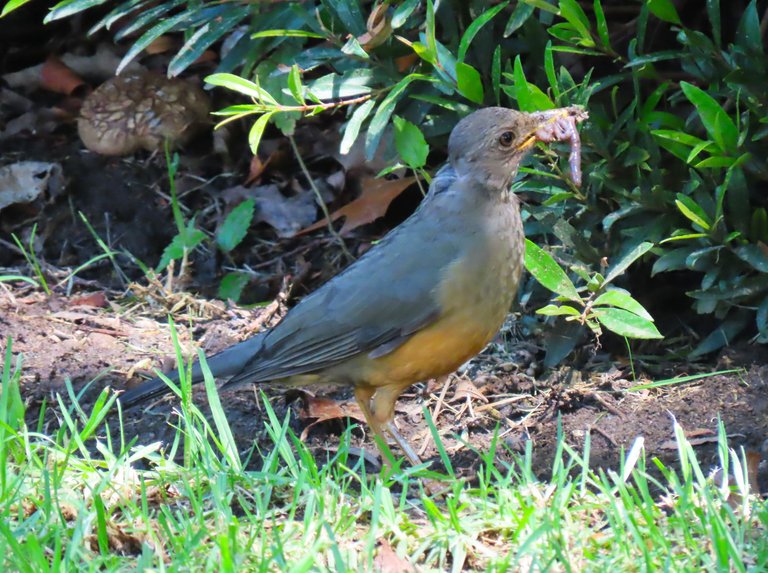
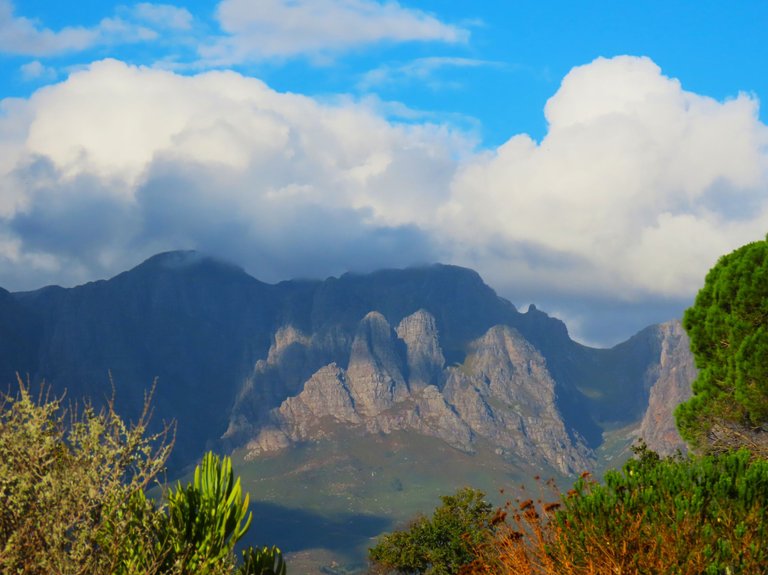
Very nice your Zorzal and very interesting what you tell us. Mothers are mothers even if they are different species. With what love they take care of their young. What patience you had to get those shots because they are very fast. Take care of the storms that are expected. Thanks for sharing.🌧️⛈️🤗
Thank you and now I know what the Spanish name of a Thrush is. Zorzal.
I agree with you that all mothers in the world nurture their young. Thankfully I have a lot of patience, and one just has to be quick with the camera, but I was trained on snapping dragonflies, and they are much faster than the Thrush.
Thank you for the care and it is always a pleasure to share my passions,
!BEER
🤗😃
View or trade
BEER.Hey @mamani, here is a little bit of
BEERfrom @papilloncharity for you. Enjoy it!Do you want to win SOME BEER together with your friends and draw the
BEERKING.This is the first time I’m hearing about this bird, thanks for the information.
Glad that you could see it!
Me too
very clever and skillful mum
All moms are clever and skillful.
Thank you kindly @ewkaw and the @qurator team!
Any bird will eat a good worm ;)
Best regards dear friend 🤝.
Super interesting photos you share with us today. How nice to be able to see the bird feeding in its natural environment. It is very beautiful to be able to see them in their state of freedom. When they are in captivity it's not the same.
I always say that animals in freedom are happier. And above all more interesting to appreciate.
On the other hand, how right in your words. It is always good that we take time to observe the beauty of what surrounds us. In this case birds, but absolutely everything in nature is fascinating.🤩.
We can always find more to be amazed by.🙌.
And finally how impressive the final photo. It is mesmerizing, ganial and beautiful. Unbelievable I would say. What a wonderful view.🤩 Gorgeous.🙌🙌.
Well friend a huge pleasure as always to drop by. 10/10 I loved it. Kind regards.🤝🤝🤝
Thank you for your appreciation, and in my mind animals that were created to be free, should all be left in the wild. We really don't like to see animals in cages, as we view it as cruel.
I agree, as nature has much more than only birds to show a keen and interested eye.
Thank you again for your nice description of the last photo and I only share things as my mind sees it.
Kind regards also to you.
!BEER
View or trade
BEER.Hey @tecnologyfan1, here is a little bit of
BEERfrom @papilloncharity for you. Enjoy it!Do you want to win SOME BEER together with your friends and draw the
BEERKING.These kind of birds are very beautiful and can do anything for their babies so you have told the story very well and we all know more about this bird.
I am glad that you agree with me, and even more glad that I could show a new bird and its habits to you.
!PIZZA !LOLZ
$PIZZA slices delivered:
@papilloncharity(1/15) tipped @djbravo